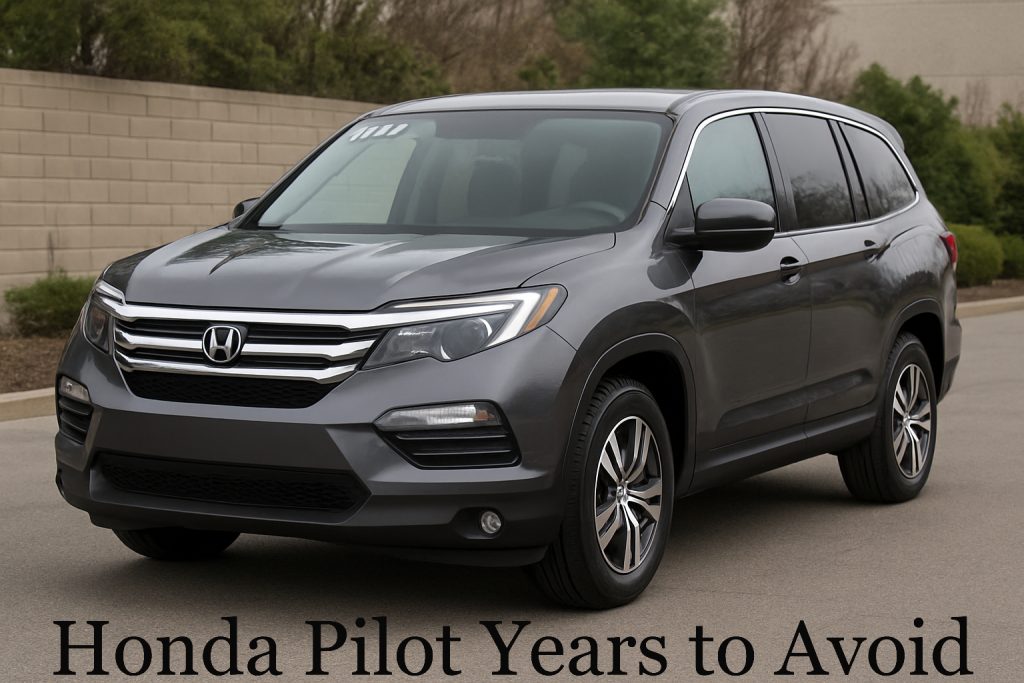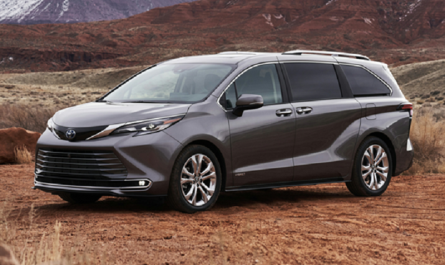When shopping for a used SUV, the Honda Pilot often ranks high on the list. It’s known for its spacious interior, comfortable ride, and strong reliability record. However, like any vehicle, not every model year delivers the same experience. Some years have faced significant mechanical issues, safety concerns, or costly repairs that make them less appealing for buyers. Knowing the Honda Pilot years to avoid can save you time, money, and frustration.
In this comprehensive guide, we will explore the specific years to avoid, the common problems reported by owners, and the best alternative years to consider.

Why Knowing the Years to Avoid Matters
Buying a used vehicle can be a smart financial move, but choosing the wrong model year can turn your investment into a costly mistake. Certain years of the Honda Pilot have higher rates of transmission failures, excessive oil consumption, or premature wear on major components. By knowing the troubled years in advance, you can:
- Avoid expensive repair bills.
- Ensure a safer and more reliable driving experience.
- Maximize the long-term value of your SUV.
Overview of the Honda Pilot
The Honda Pilot debuted in 2003 as a midsize SUV designed for families. Over the years, it has evolved through multiple generations:
- First Generation (2003–2008): Known for its practicality but faced transmission issues in some years.
- Second Generation (2009–2015): Improved styling and interior space, but some years had engine and body problems.
- Third Generation (2016–2022): More modern features, yet some models reported infotainment glitches and fuel system issues.
- Fourth Generation (2023–present): Still new, so long-term reliability data is limited.
While the Pilot generally has a good reputation, certain years within these generations stand out for the wrong reasons.
Honda Pilot Years to Avoid
Based on owner complaints, recall history, and expert analysis, these are the Honda Pilot years to avoid:
2003 Honda Pilot
The debut model year suffered from serious transmission problems. Many owners reported sudden transmission failure before 100,000 miles, which could cost thousands to repair. Issues with the torque converter and harsh shifting were also common.
2005 Honda Pilot
While some improvements were made over earlier years, 2005 still faced transmission reliability concerns and electrical problems. Many owners complained about dashboard warning lights and faulty wiring.
2009 Honda Pilot
The first year of the second generation had excessive oil consumption problems. Some engines burned oil faster than expected, leading to engine damage if not monitored closely. Owners also reported issues with paint peeling and interior wear.
2011 Honda Pilot
This year continued to have oil consumption issues and loud engine noise. Many drivers noted that the vehicle developed a rough idle and vibrations at higher speeds.
2013 Honda Pilot
Electrical glitches were a major concern in 2013. Infotainment system failures, Bluetooth connectivity issues, and problems with the backup camera were frequently reported.
2016 Honda Pilot
The third-generation launch year introduced several new technology problems. Owners complained about jerky shifting from the 9-speed automatic transmission, unresponsive infotainment systems, and some fuel injector issues.
2017 Honda Pilot
Similar to 2016, the 2017 model faced transmission hesitation problems, along with reports of start-stop system malfunctions and intermittent electrical failures.
Common Problems in These Years
- Transmission Failure: Early first-generation models often experienced sudden transmission breakdowns.
- Excessive Oil Consumption: Found mainly in some second-generation years, causing potential engine damage.
- Electrical Issues: Problems with infotainment systems, backup cameras, and wiring.
- Paint and Body Problems: Peeling paint and rust development in certain years.
- Technology Glitches: Infotainment freezes, poor Bluetooth connectivity, and malfunctioning driver-assist systems.
Best Years to Consider Instead
If you want a reliable used Honda Pilot, experts recommend these years:
- 2006–2008: Improved transmission reliability and fewer major complaints.
- 2014–2015: Late second-generation models with fewer oil consumption issues.
- 2018–2021: Most problems from earlier third-generation years were addressed.
These years offer a better balance of dependability, comfort, and modern features.
Tips for Buying a Used Honda Pilot
- Check the Vehicle History Report: Use services like Carfax or AutoCheck to verify accident history and maintenance records.
- Get a Pre-Purchase Inspection: Have a trusted mechanic check the SUV for hidden problems.
- Look for Recall Repairs: Ensure that any recalls for that model year have been addressed.
- Test Drive Thoroughly: Pay attention to shifting smoothness, noise levels, and technology function.
Conclusion
The Honda Pilot remains a top choice for families who need a spacious and versatile SUV. However, avoiding the problem years can save you thousands in repairs and keep your driving experience enjoyable. Focus on well-maintained models from the more reliable years, and you’ll likely enjoy the Honda Pilot’s comfort, practicality, and longevity for years to come.


